How to Create Amazing Milky Way and Nightscape Images
Some of my most popular images contain the Milky Way and I get many requests to explain how I capture those images, so today I’d like to walk you through that process. Once you try shooting the Milky Way you’ll love it!
Open your aperture as wide as possible
By the time the Milky Way comes out at night it is very dark. Normally, in landscape photography, you would set your aperture to f/11 for maximum sharpness and then adjust the shutter speed to achieve the optimal exposure, but in this situation you want to let in as much light as possible to the camera sensor. A lens with an aperture of f/2.8 or lower is going to be best when shooting the Milky Way.
Increase your ISO
In landscape photography you would normally set your ISO to 100. Again, shooting the Milky Way is very different. In astrophotography, you want to increase your ISO to ensure that you aren’t clipping your blacks on the histogram. Typically, I start with an ISO of 6400 and then adjust up or down based on what the histogram says. And don’t worry if your images looks noisy! Try shooting a series of exposures one after the other and then using a program like Starry Landscape Stacker to blend them together and reduce the noise.
Focus manually
It becomes too dark for our cameras to use autofocus at night, so you will have to focus manually. In live view, zoom in on the stars as much as you can and begin to adjust the focus ring, noticing that the stars change size as you do. Continue to adjust the focus ring until the stars stop getting smaller and look like perfect circles. Alternatively, you can try shining a headlamp on an object far off in the distance and focusing on the light.
Make sure your stars aren’t trailing
Star trails occur when your exposure is too long and the stars begin to move. Star trails look really cool, but that isn’t what we want when shooting the Milky Way! The sharper the stars the better, so you will need to adjust your shutter speed if it looks like the stars are trailing. I like to use the Star trails feature in Photopills because it tells me the maximum shutter speed I can have given the resolution of my camera and focal length of my lens, but generally if you can keep your exposure under 20 seconds you should be ok.
Consider a blue hour blend
If you’d like more detail in the foreground than you would get with the methods described above, consider a blue hour blend. You’ll want to capture your foreground during blue hour or twilight after the sun sets with the setting you would use when shooting a traditional landscape, ISO 100 f/11. Once you have your foreground, wait until the Milky Way comes out and capture it using the settings described earlier in this article. Then, in Photoshop swap your blue hour sky for your Milky Way.
Don’t forget about twilight!
People typically focus on shooting the Milky Way in astrophotography, but the time in between right after the sun sets and before the Milky Way comes out can be used to create amazing images too! I really like shooting at this time because there is still light on the landscape that can be brought out with dodging and burning, and the sky turns a beautiful shade of blue, but you still have some stars in the sky so the top of your image doesn't look empty.
I hope you enjoyed these tips! Feel free to message me with any questions, and subscribe to my mailing list so you know when the next article comes out!






